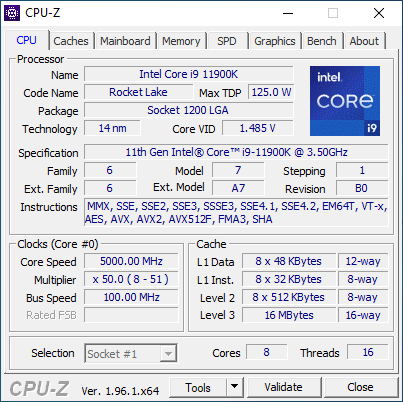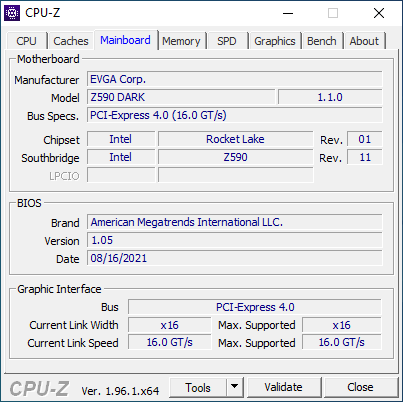TESTING METHODOLOGY


Exactly like used to do in the past each mainboard to arrive in the lab will get mounted on an open-air test bench and will be used for no less than two full weeks (daily tasks and gaming) with a fresh Windows 10 Pro installation. All motherboards arriving here will be tested with the top CPU of that line available at the time of each review (I9-9900K for Z390/I9-10900K for Z490/I9-11900K for Z590) together with 16GB (2x8GB) DDR4 4GHz RAM for the Z390/Z490 motherboards and 32GB (2x16GB) DDR4 4GHz RAM for the Z590 motherboards. Now I don’t know if I will need to change this anytime soon but for now all CPUs will be set at 5000MHZ (CPU ratio set to 50 - of course voltages may vary slightly from motherboard to motherboard) with their RING/Cache frequency at 4700MHZ (ratio set to 47).
I did think about pushing each motherboard to the max to see which is the better overclocker but 5GHZ 24/7 is more than plenty today, not only in terms of performance but also temperatures (not to mention there are colleagues of mine who have been focusing on maximum overclock potential). Instead i decided that it'd be far more interesting (not to mention accurate) to see which motherboard is the fastest when using the same exact hardware components/configuration (CPU/RAM/COOLER) with the same exact overclocking frequencies *. To figure that out I’ll be using several benchmarking programs (6 repeats after which the average numbers will get recorded in the charts) like AIDA64, CINEBENCH R20, CPUZ, Passmark Performance Test, RealBench and the Sisoftware Sandra Titanium 2020 version. Needless to say, that between different system configurations these charts also do a great job pointing out the difference in CPU performance.
* Charts will contain other system configurations as well in order to better showcase the performance of each reviewed system.

 O-Sense
O-Sense







.png)

